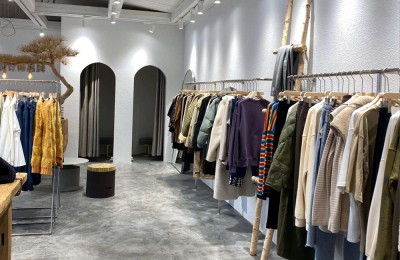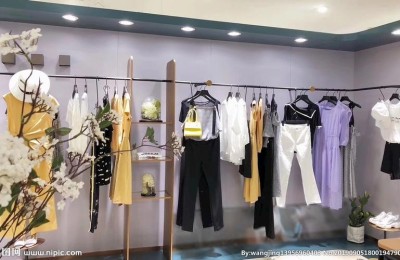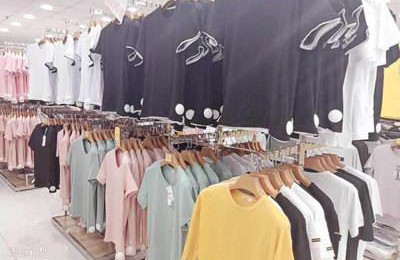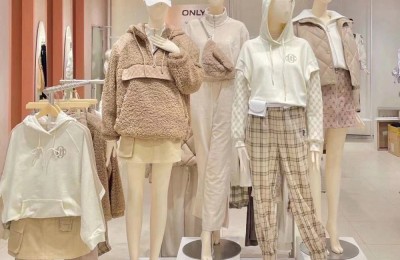For 2 consecutive days, PTA futures “skyrocketed” to the daily limit! As of the closing at 3 pm on the 2nd, PTA’s main 1909 contract closed at 6,290 yuan/ton, a significant increase of 300 yuan/ton compared with the previous trading day, an increase of more than 5%!
!
As of the close on the 3rd, PTA futures continued to decline, with the main 1909 contract closing at 6,318 yuan/ton, a decrease of 54 yuan/ton compared with the previous trading day.
PTA has experienced a sharp decline after a sharp rise. The main reason is that on the afternoon of the 2nd, it was rumored that a certain PTA giant company continued to take advantage of its production capacity to manipulate the market by hoarding spot goods and using futures tools. Raise the spot price and disrupt the normal production and operation order of the downstream polyester and polyester industries and the textile industry. As soon as the news came out, PTA futures couldn’t hold on anymore and started to fall! fall! fall!
This round of decline caught all futures traders off guard! Their mood is probably like this:
In fact, since mid-June, PTA futures prices have been soaring, with half It rose more than 1,300 points within a month. The rise in futures has driven up the spot price. As of the 2nd, the spot price of PTA was around 6,805 yuan/ton, which was a significant increase of 1,225 yuan/ton compared with 5,580 yuan/ton on June 14!
Driven by the strength of PTA, the quotations of polyester filament manufacturers have begun to rise, such as POY100D/36F. The current quotation of manufacturers is around 9,050 yuan/ton, which is 8,000 yuan per ton in the middle of last month. / ton, a significant increase of about 1,050 yuan / ton.
Logically speaking, after the price of polyester filament rises, weaving manufacturers will start to stock up. However, this time they are not very “buying it”. As of the afternoon of the 2nd, PTA futures prices The price limit has risen again, but the polyester filament market production and sales in Jiangsu and Zhejiang regions are only 70-80%. Surprisingly, on the afternoon of the 3rd, the polyester filament production and sales in Jiangsu and Zhejiang regions are only around 20-40%!
On the 3rd, the price increase of polyester filament stopped abruptly. It seems that the demand for polyester filament from downstream weaving manufacturers is not strong.
So, why don’t downstream weaving factories buy orders for rising raw materials this time?
1. The position has been covered last week and the current funds Nervous
Last week, under the impact of the strong surge in the raw material market and near the end of the month, regular replenishment of positions was carried out. Most weaving manufacturers had more or less purchasing operations. It is reported that The stocking time of many weaving manufacturers has increased to about 20-30 days, which is a significant increase compared with the previous 10-15 days.
Under the bad environment this year, the order volume of weaving manufacturers has been significantly reduced this year, and the inventory has also increased a lot compared with previous years. Last month, the weaving inventory in Jiangsu and Zhejiang was 42 Today, the depreciation of inventories has led to even tighter funds. In addition, many weaving factories are under the pressure of bank loans. For a while, it is difficult for weaving manufacturers to withdraw funds, which is not enough to support replenishment in the short term.
2. Terminal demand has always lacked motivation
Whether the business of the weaving factory is good or not, the most important thing is to look at the terminal clothing market needs. At present, clothing fabric manufacturers mostly place orders in the “small order, multi-batch” mode, which shows their cautious attitude. Although last month’s “Tmall 618 event” showed good clothing sales performance and huge demand for e-commerce, at the same time, many offline retail stores were forced into a corner and were unable to recover.
According to statistics, since 2016, countless physical stores of Chinese clothing brands have closed. La Chapelle has closed 79 sub-brands, Urban Beauty has reduced its main stores by 238, Embry has closed 30, and Carbine has closed 79 sub-brands. Apparel has closed 47 retail stores…it can be seen that the apparel industry is currently in a difficult situation.They are very optimistic. Maybe they are also facing a major adjustment in the pattern, and maybe clothing consumption will also usher in a recovery, but this cannot be achieved in a short time. Therefore, at present, the support for raw materials from clothing demand is obviously insufficient.
3. Worry that the rise will only be short-term
Although weaving manufacturers’ stocking of raw materials is largely affected by “buying” It is influenced by the mentality of “buy when it goes up, don’t buy when it goes down”. However, raw materials have been fluctuating recently, which has also caused a headache for weaving manufacturers. Most weaving manufacturers do not have strong expectations for the improvement of raw materials, and are worried that the surge will be followed by a plunge. The downstream weaving market has not been very good, but raw material prices are experiencing an upward trend. This is obviously abnormal, and weaving manufacturers are still worried that there is speculation in it.
Once the price of raw materials plummets, the cost of gray fabrics made from high-priced raw materials will become higher. Once the market continues to decline, gray fabrics will become inventory, which will be a problem for the production and operation of enterprises. Adding insult to injury.
4. The instability of crude oil increases market concerns
Crude oil has always held the lifeblood of the polyester industry chain, 1 On the same day, OPEC agreed to extend the production reduction agreement for nine months. As soon as the news came out, international crude oil rose sharply by nearly 3%. This was the first time that oil prices exceeded US$60 since June.
However, due to the uncertain global economic and trade prospects, investors cannot shake off concerns about international oil demand. On the 2nd, international oil prices fell by more than 4%! Oil prices have been in a volatile range, causing weaving factories to worry about the price of raw materials. Therefore, the unstable price of crude oil has also become the reason why weaving factories dare not stock up on raw materials.
It can be seen that whether raw materials rise or fall, a lot of people will be “difficult to die”. Compared with weaving factories, raw material merchants are still very powerful: I have risen anyway, and it is your business to buy or not.
<br








